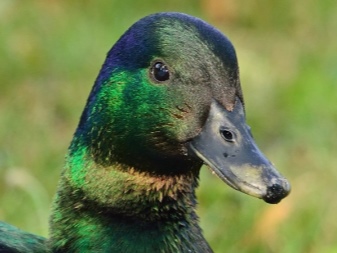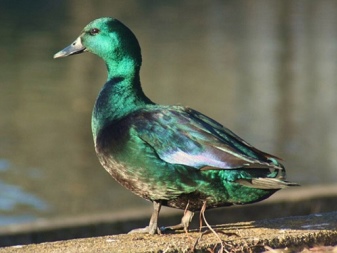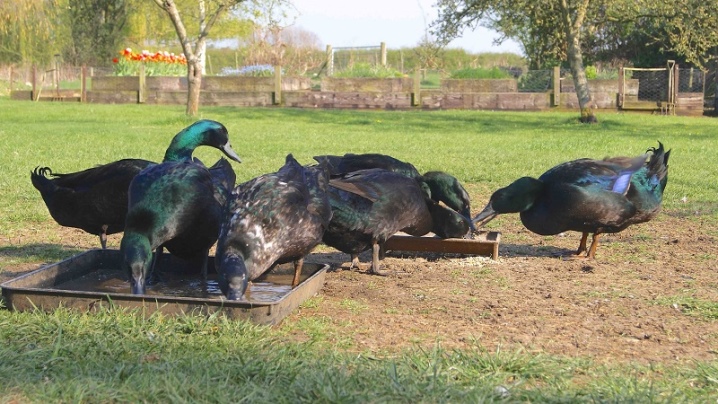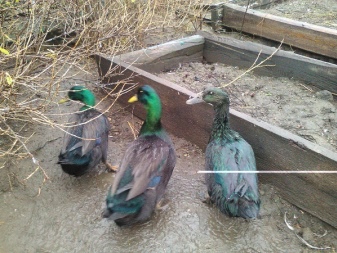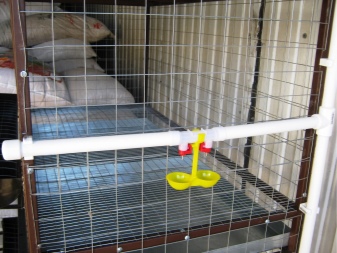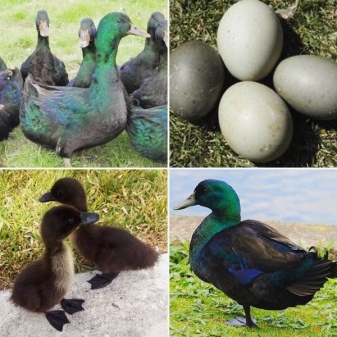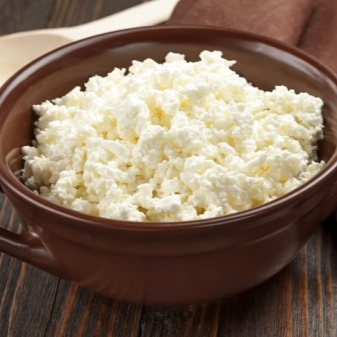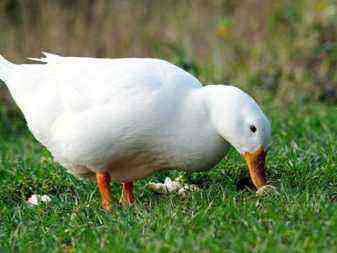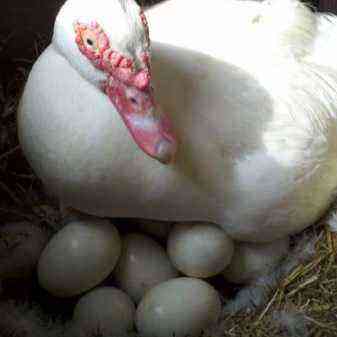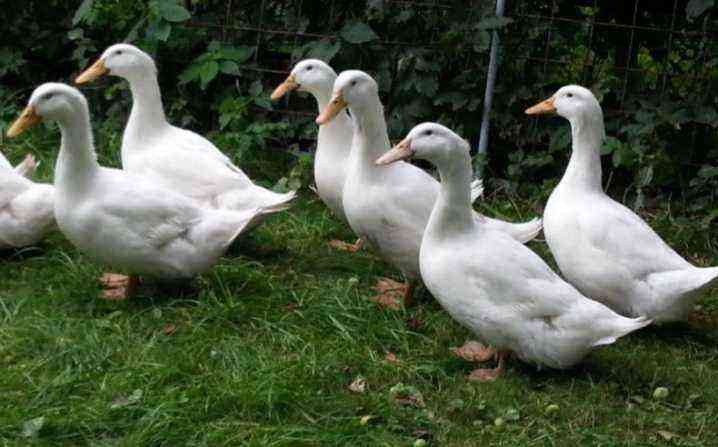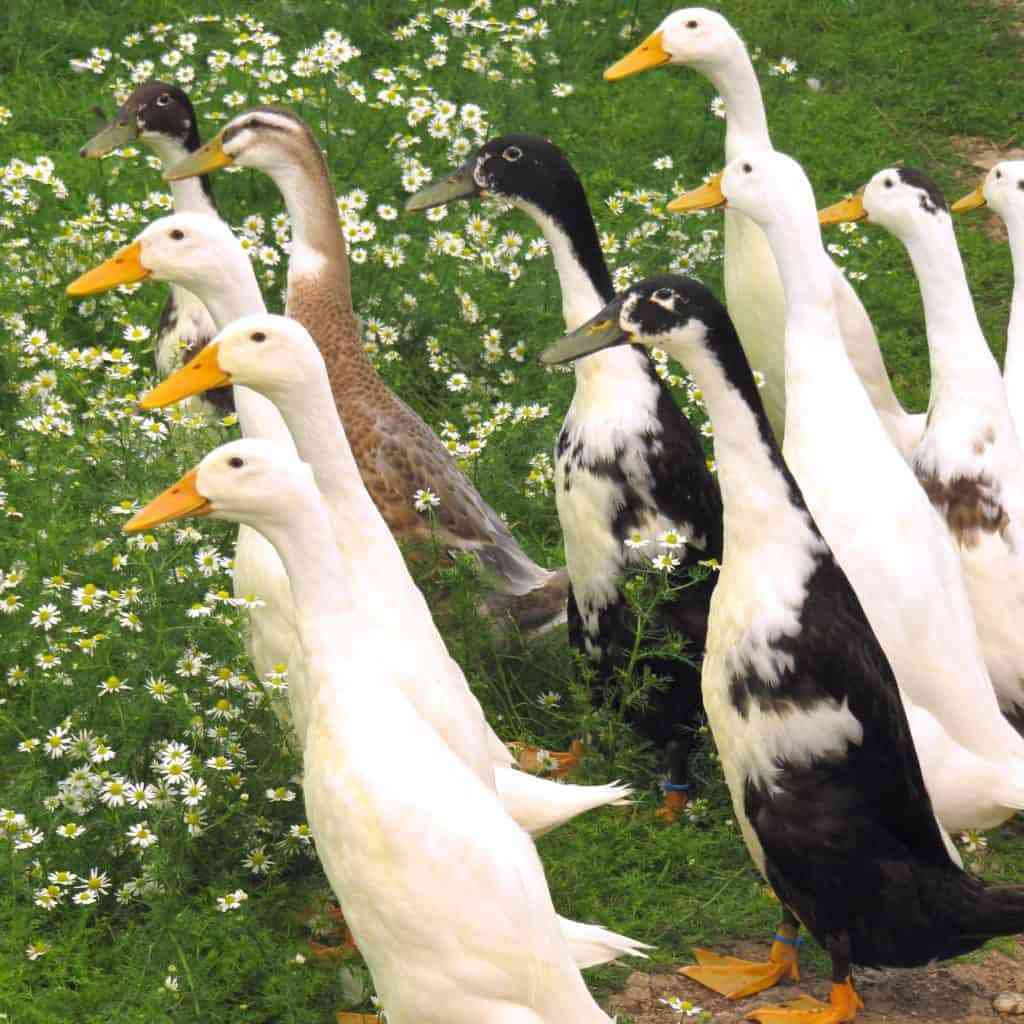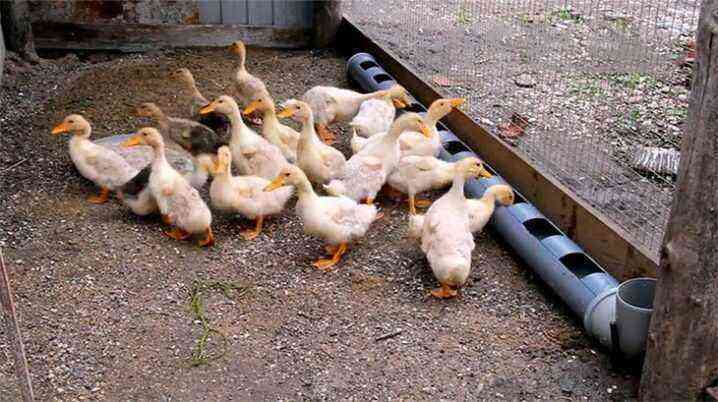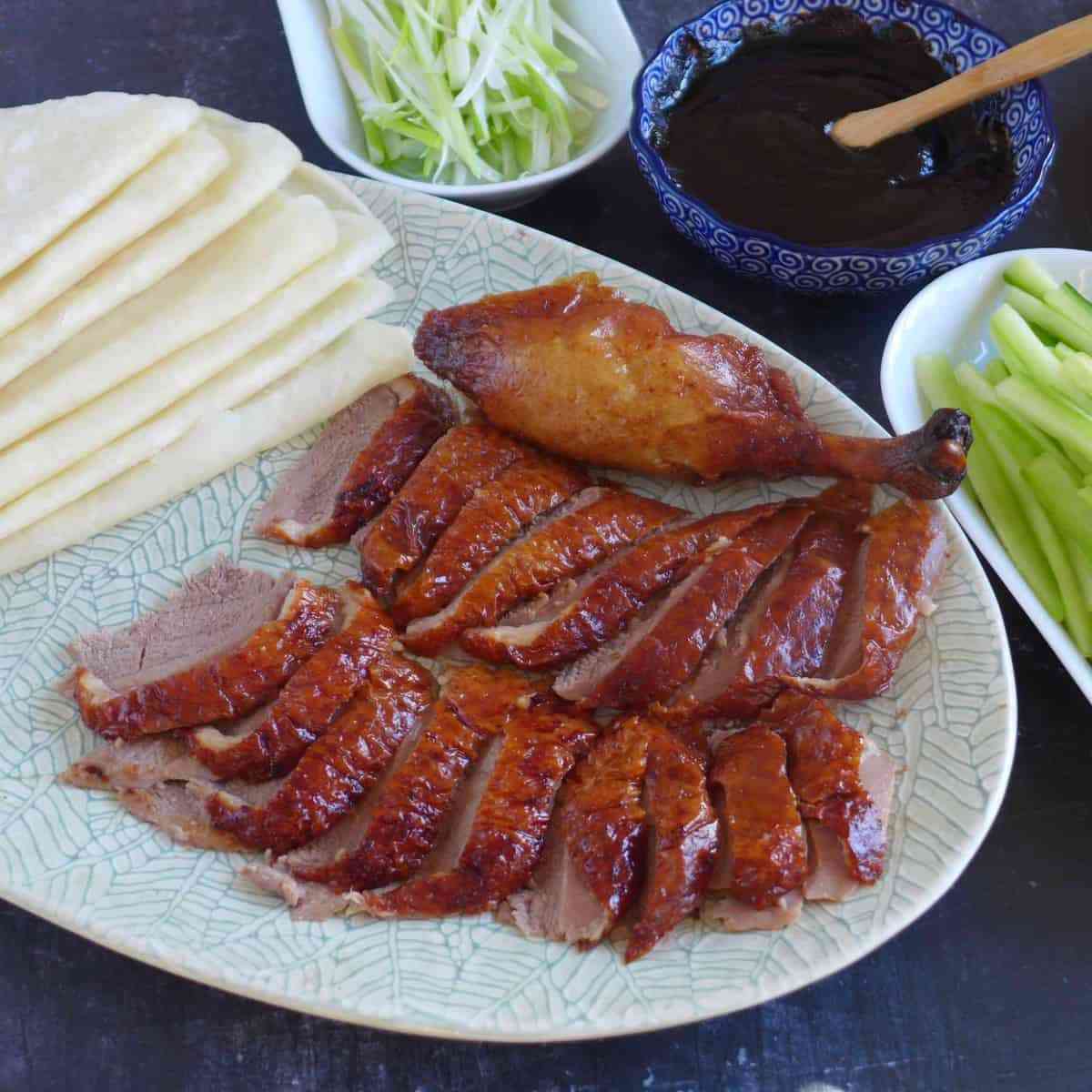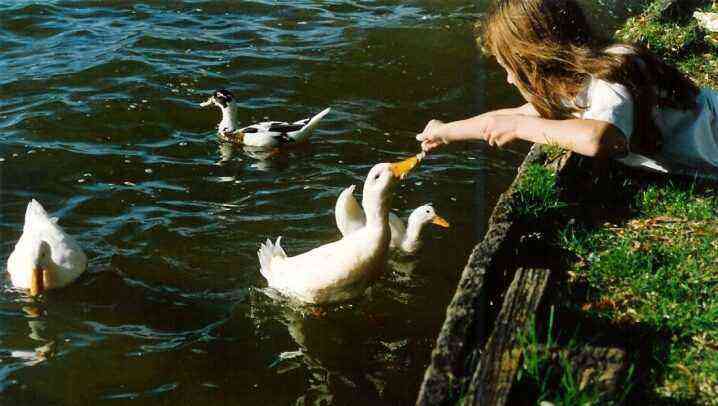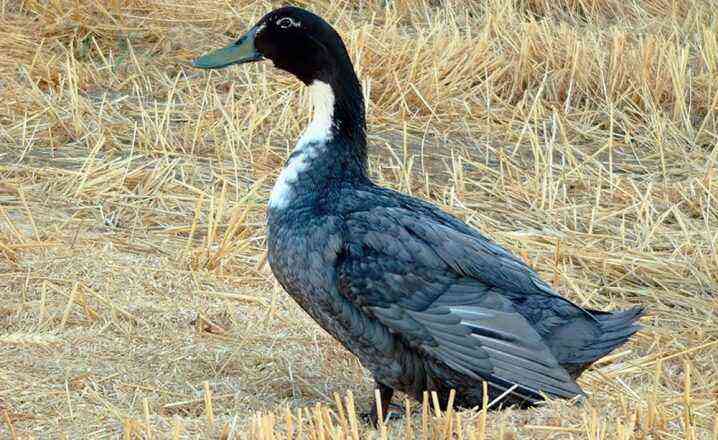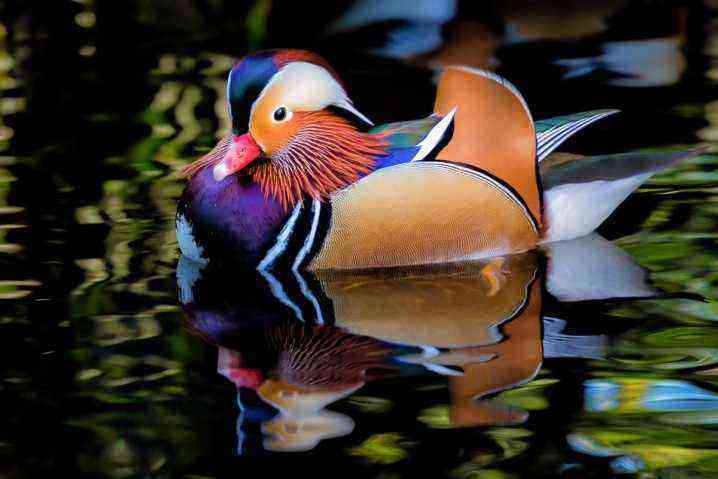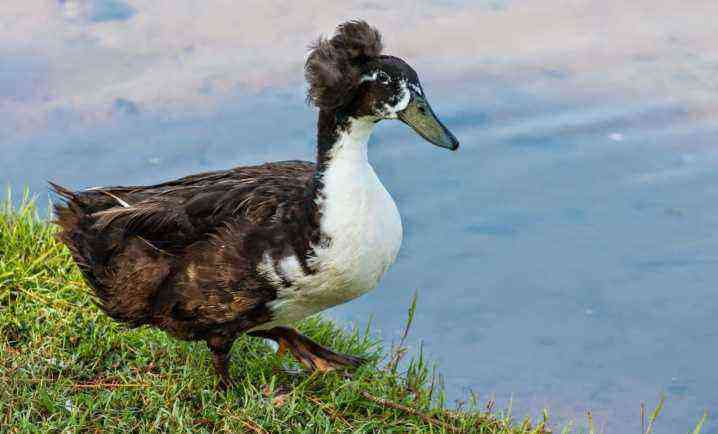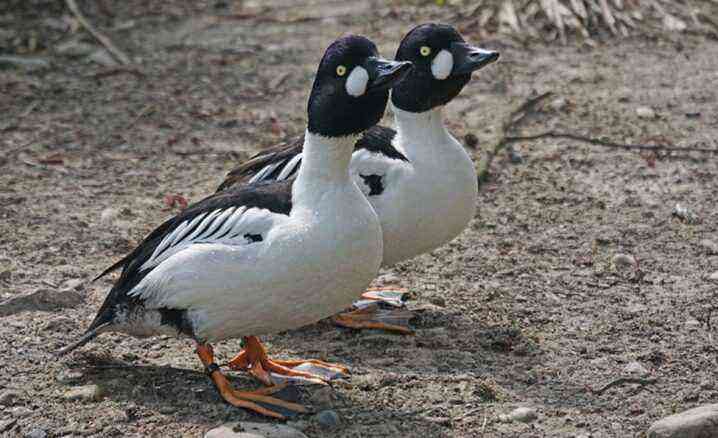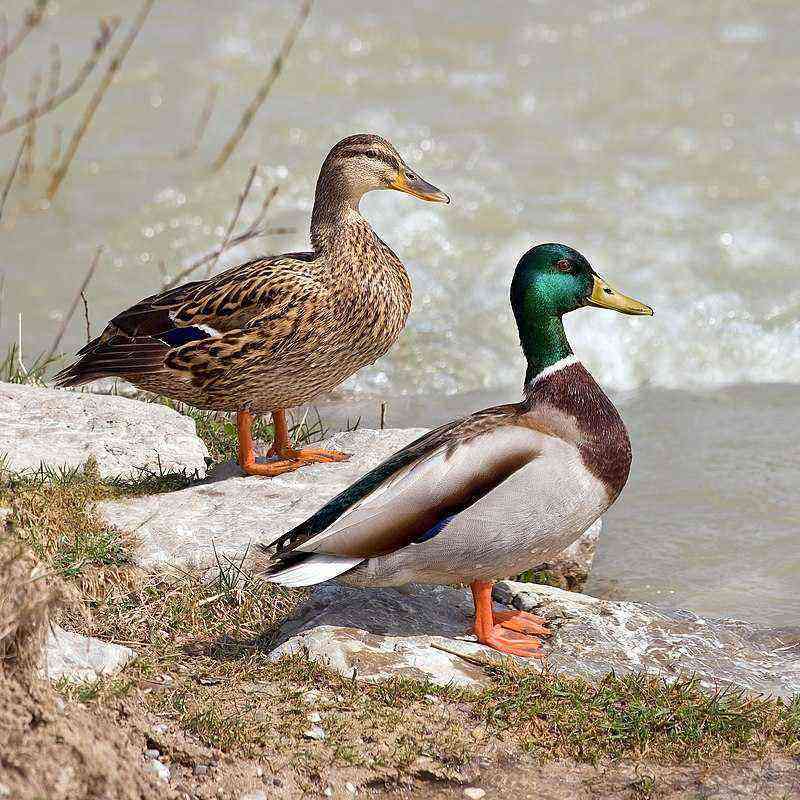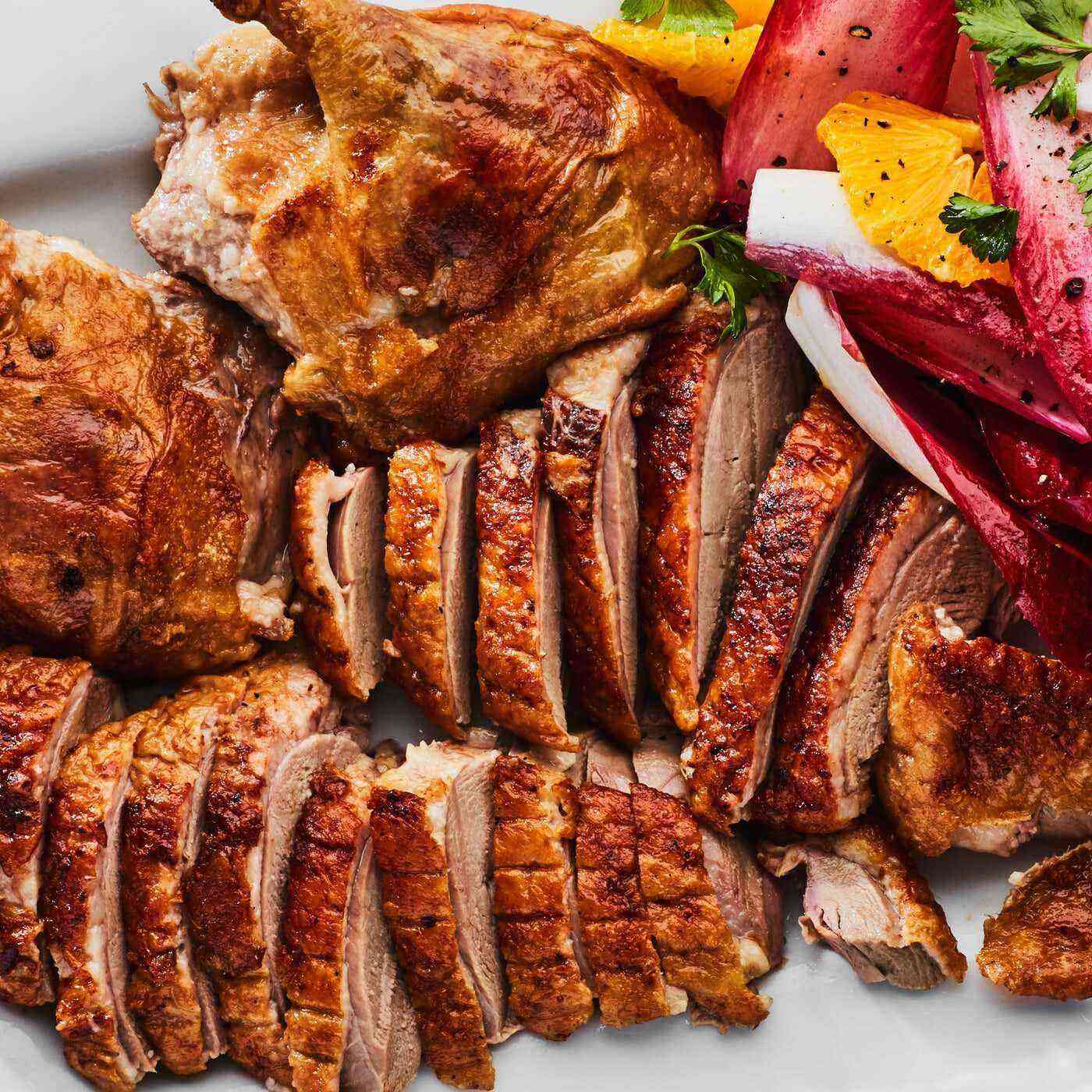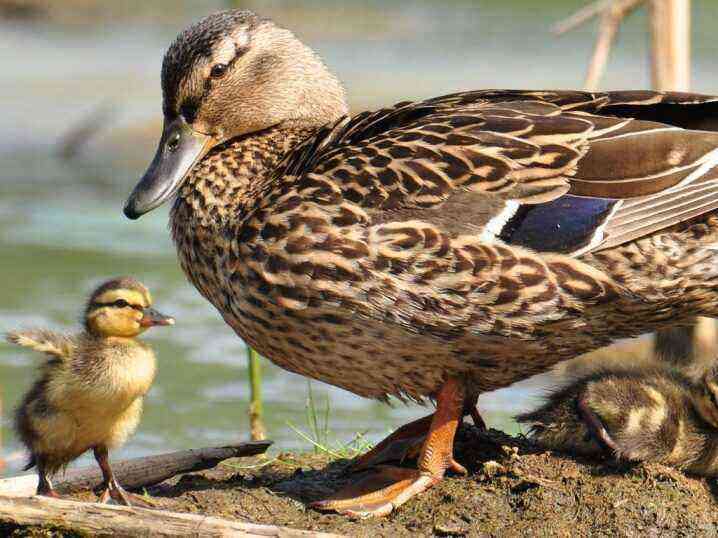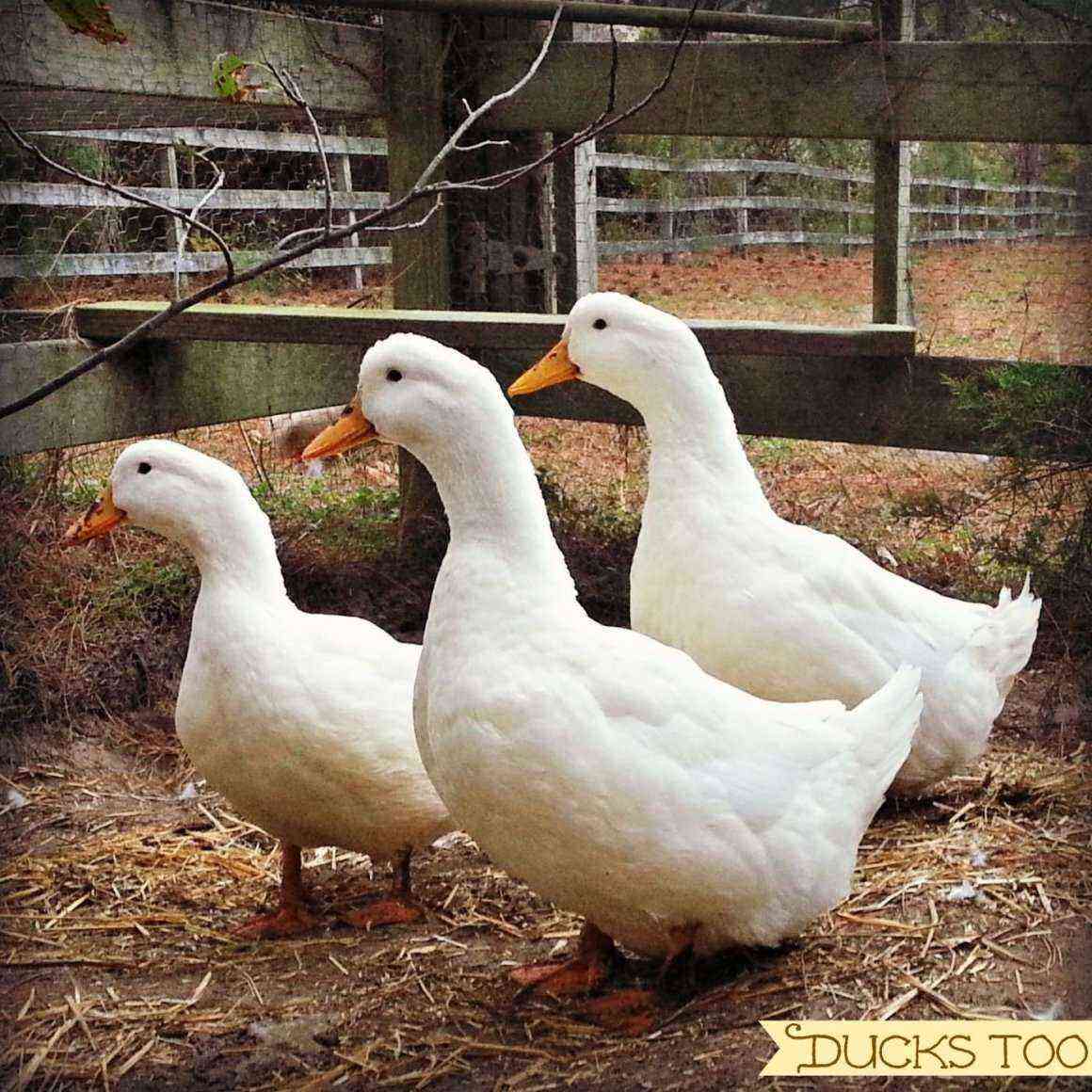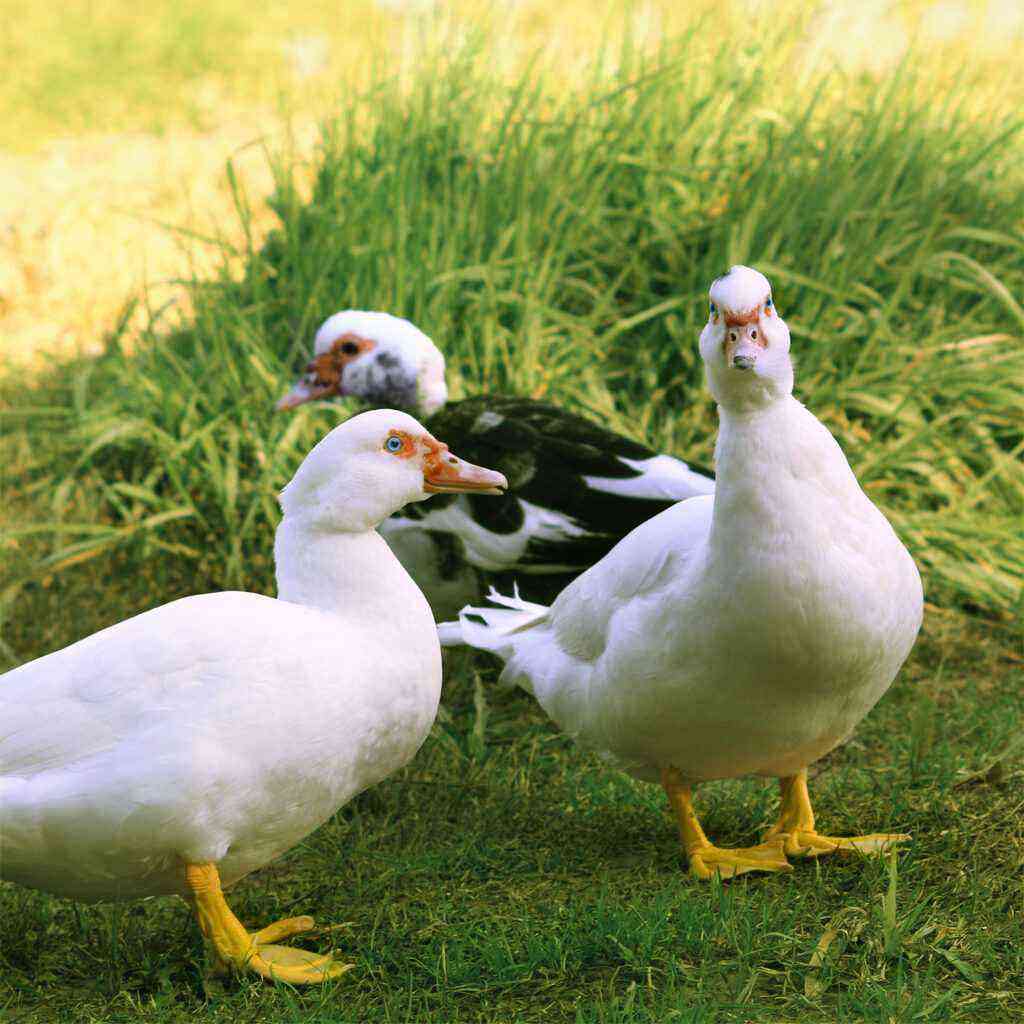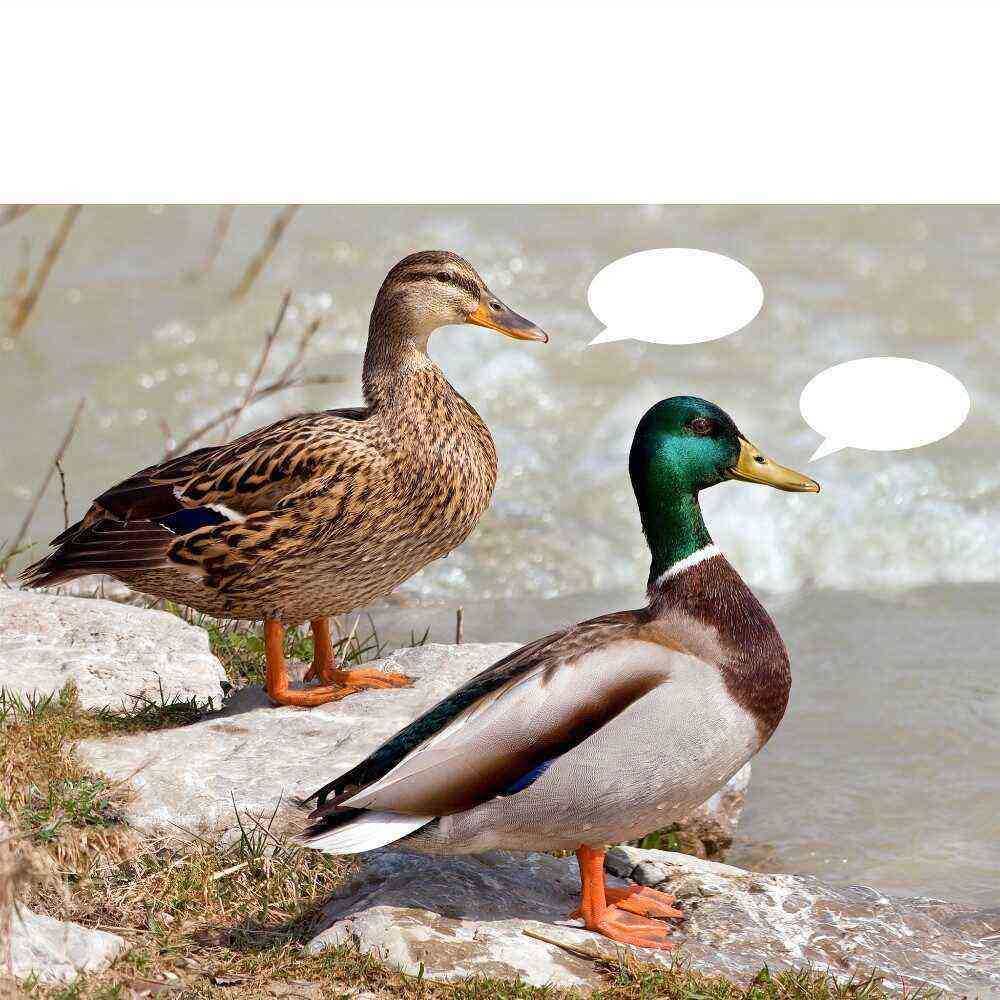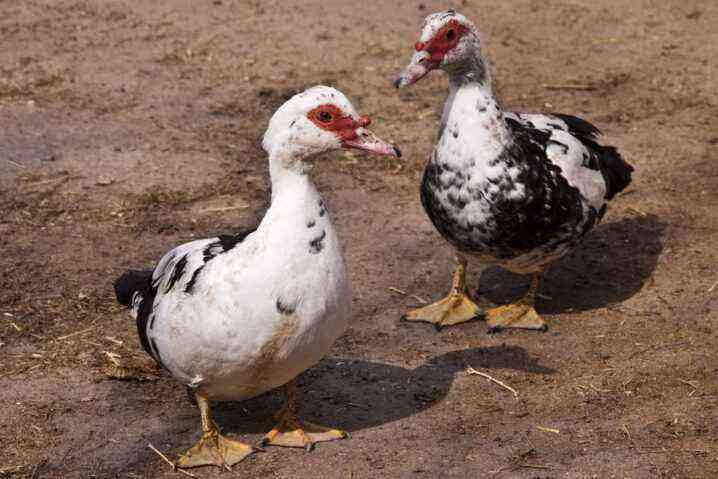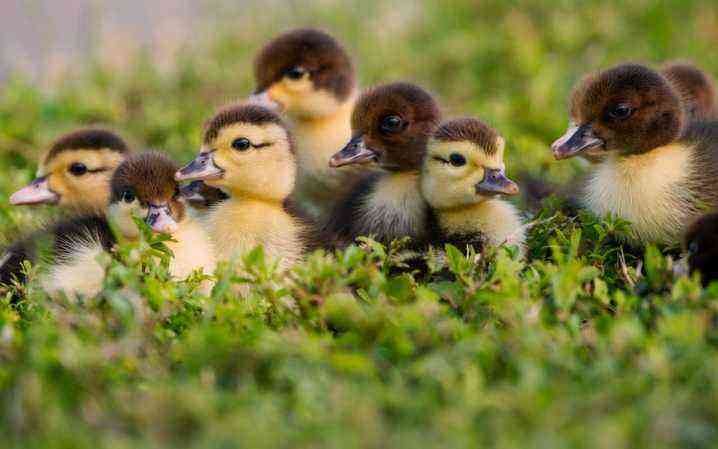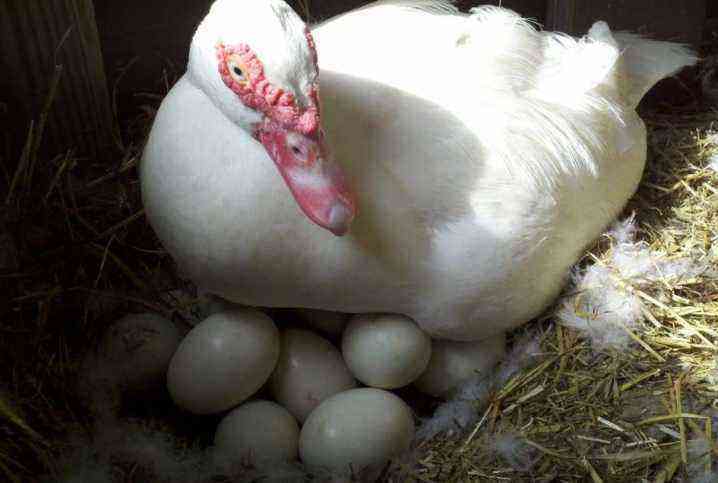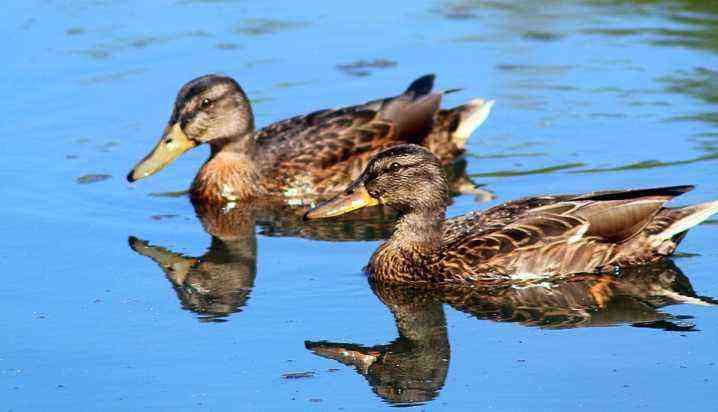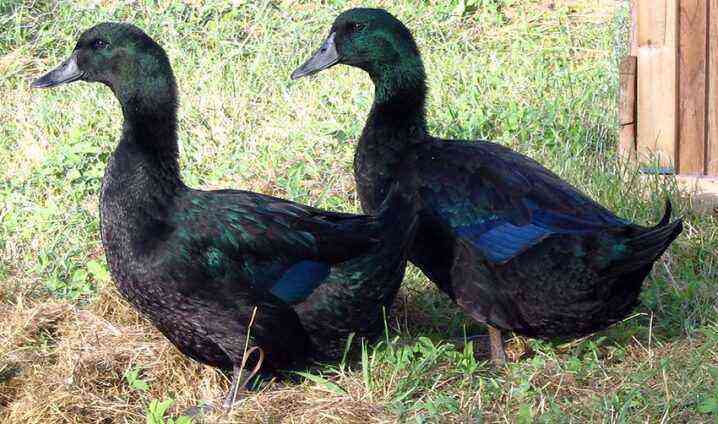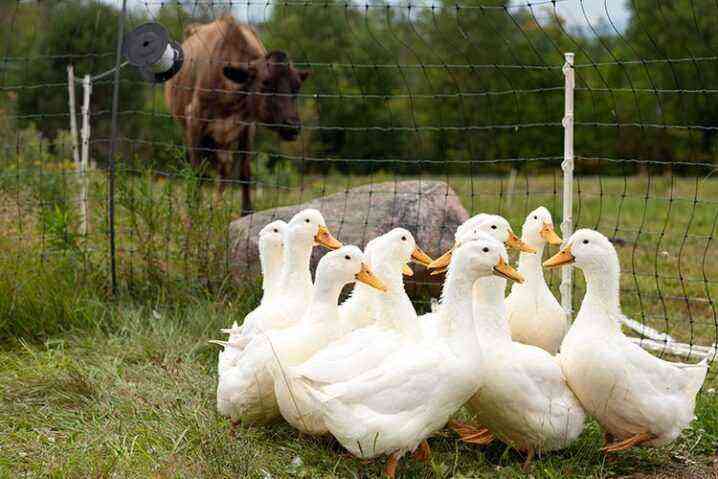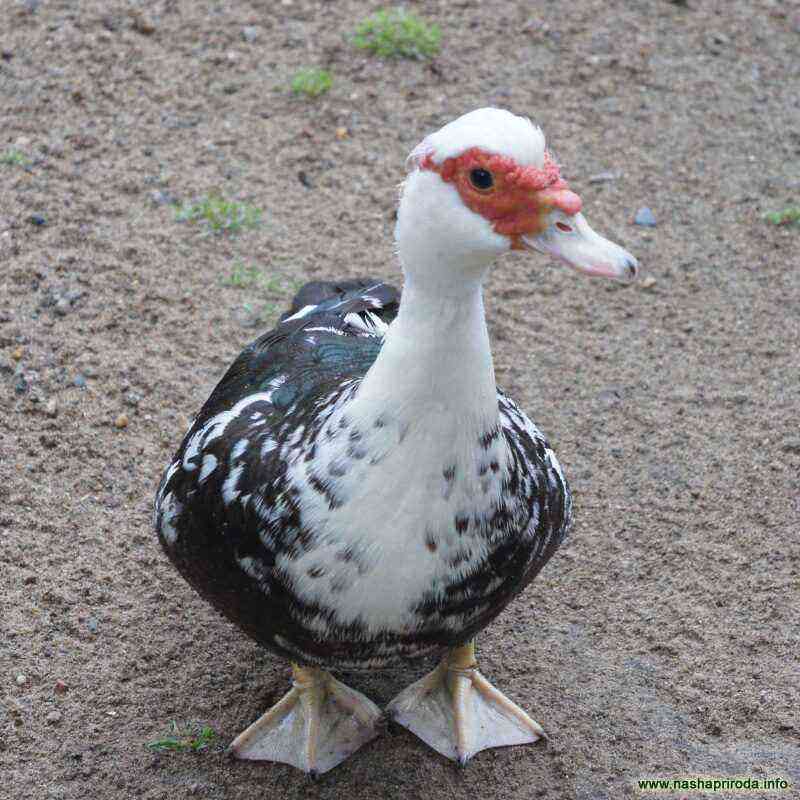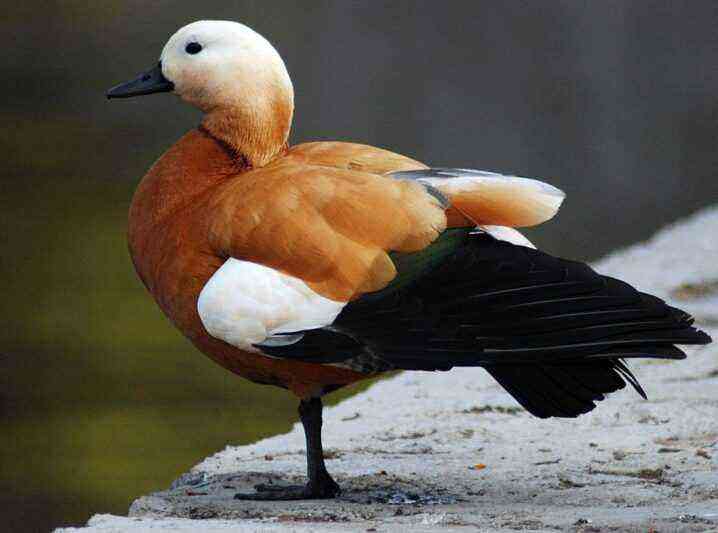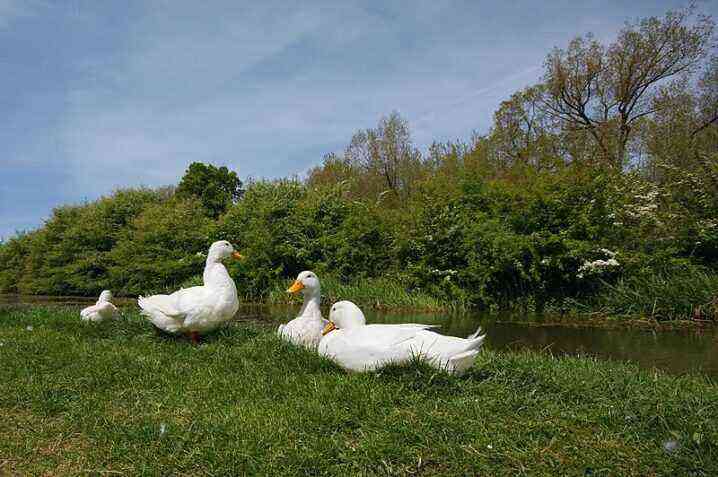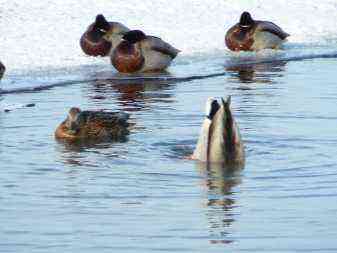Poultry farming is one of the most popular branches of animal husbandry, which provides residents of all countries of the world with food products from meat and offal, as well as eggs and down for the manufacture of warm bedspreads, down jackets and other products. Large poultry farms and small private estates breed chickens, quails, guinea fowls, turkeys and ducks. For many years, along with chicken meat, duck meat has also been in high demand. The popularity of duck products stimulated the emergence of a huge number of breeds that differ in performance, exterior and conditions of detention.
Experienced poultry farmers recommend focusing on an unusual breed of ducks, which has decorative plumage and quickly gains weight.
Description
The Cayuga duck is an American black breed, which, thanks to its decorative appearance, is not only a participant in numerous exhibitions, but also their winner. The roots of this species go back several centuries when American farmers tamed wild birds. The breed received official recognition and was registered in 1874. For a long time, sectioners have been working to improve the Cayuga duck.
A distinctive characteristic of this population is the presence of not only black plumage, but also black skin, and even paws and a beak. The shiny plumage has a metallic shade with a green sheen. The neck and chest may have an emerald color. Males have brighter and more saturated colors. Breed standards allow dark blue areas.
The bird has a large physique with a developed muscular system. The elongated wide body is located parallel to the surface of the earth. On a short, arched neck, which is slightly enlarged at the shoulders, is a small oval head. The eyes are brown.
The flat and massive beak harmoniously connects with a wide frontal zone.
In males, the forehead area is colored green-olive, and in females it is blue-black. The wings are powerful and long, while the thighs are fleshy and short. The paws are small in size, but have a developed muscular system. Like any poultry, the Cayuga duck has a number of positive and negative sides. Advantages:
- unusual plumage;
- unpretentiousness in food and maintenance;
- non-conflict;
- the presence of a large number of vitamins and microelements in meat products;
- developed instinct for hatching offspring and subsequent care for him;
- down and feathers can be used in light industry;
- ducks independently find their way home from the meadow;
- high percentage of survival of young and adults.
The disadvantages include:
- small body weight;
- the presence of dark skin and black stumps after plucking.
Productivity
Despite high productivity rates, the duck is primarily raised as an ornamental poultry. This feature is associated with the presence of unaesthetic dark skin and black feather stumps, which negatively affects the demand for meat products. However, professional nutritionists note not only the low fat content in meat, but also its beneficial effect on the human body:
- improving the condition of hair and nails;
- prevention of the development of inflammatory processes of the skin;
- improvement of the digestive tract;
- removal of toxins and toxic substances from the body;
- normalization of the work of the endocrine and central nervous systems;
- an increase in hemoglobin levels.
Doctors recommend using this product in the diet for people who suffer from diabetes, inflammation of the intestines, osteoporosis and cancer, as well as women during the period of gestation and breastfeeding.
The maximum weight of an adult male is 4 kg, and that of a female is 3 kg. Birds that are fattening must be slaughtered at no more than 60 days of age, until the change of feather cover has begun. One female per year can produce up to 150 eggs. The mass of one egg does not exceed 100 g. This amount is quite enough for sale and for obtaining young animals. A distinctive feature of the eggs is the presence of a black color of the first ten, all subsequent products have light tones of a greenish tint.
Content
Cayuga duck is distinguished by its unpretentiousness. Birds need a minimum amount of attention and care. Birds prefer free movement in water meadows near small natural reservoirs. In the absence of rivers and lakes, experts recommend creating an artificial bathing place. A canopy should be constructed in the walking area, which will serve as a shelter from heavy rain and the scorching sun.
For wintering, the owners must prepare a warm room where the temperature should not fall below + 5 °. Birds easily tolerate slight frosts and sudden changes in temperature, but in comfortable conditions they are able to maintain stable productivity throughout the year. To prevent the accumulation of carbon dioxide, experts recommend installing a high-quality ventilation system that can ensure a constant supply of fresh air into the room. As bedding material, you can use sawdust, straw and dry grass. Once every 2 weeks, it is necessary to arrange a general cleaning of the poultry house with a complete replacement of the litter.
An integral part of any duckling are nests, feeders, drinkers and containers with fine sand. Food containers should be cleaned and washed daily. It is strictly forbidden to leave old food in them. The use of a spoiled product can provoke not only food poisoning, but also the death of the entire livestock. Drinkers should always be filled with clean, fresh water throughout the breeding of this breed. If sanitary and hygienic procedures are not followed, the duck may develop ailments:
- coccidiosis;
- hepatitis;
- aspergillosis;
- salmonellosis;
- goiter diseases.
Feeding
To keep birds in good physical condition, special attention should be paid to the diet of birds, which should not only be balanced, but also contain all the necessary vitamins and minerals. The basis of the menu of ducks is compound feed, grain mixtures and complexes of mineral supplements. Owners must ensure constant access to dry food. Throughout the summer period, juicy grass, algae and small insects will serve as vitamin food for birds.
Birds that are fattening should not only receive high-calorie feed, but also be in confined spaces. The diet of these ducks for 2 months should consist of 4 meals a day. The most balanced fattening menu consists of boiled corn, wheat and barley in milk or broth.
In winter, along with dry grain mixtures, it is necessary to use boiled root crops, green granules and silage, as well as special vitamins and trace elements that will provide the bird’s body with all the nutrients.
Breeding
To obtain purebred offspring, experienced farmers recommend purchasing eggs for incubators or day-old ducklings at poultry factories or from professional breeders. In the presence of thoroughbred individuals, it is possible to get young animals at home: ducks have a developed instinct for hatching offspring and a high level of responsibility for newborn ducklings. To achieve maximum fertilization of eggs for each male, there should be no more than 7 females. The female of this breed is able to independently incubate no more than 15 eggs; to obtain more young, it is advisable to use incubators in which light green eggs from adult ducks should be laid. 30 days after laying eggs, young animals can be expected to be born.
The young that the duck hatched must remain with the mother, who is responsible for all the care of the offspring. Ducklings from an incubator need increased attention and special care. Chicks must be placed in a separate room with artificial light and heat sources. In a well-ventilated place, shallow water containers should be installed in which the chicks will swim with pleasure. Daily walks in the fresh air will strengthen the immune system.
The diet of young animals should consist of chopped greens, cottage cheese, kefir, boiled eggs and eggshell powder. Owners should be careful not to get foreign objects into the feeders that the ducklings can choke on. To maintain the vitamin and mineral balance, calcium must be added to the wet mixture. At the age of 1 month, chicks can be transferred to the diet of adult birds.
Reviews
The popularity and high demand for this population caused a huge number of both positive and negative comments. Farmers note the high level of productivity of the bird and its developed instincts for hatching offspring, which has a positive impact on profitability and profit. Bird yards that are located near water bodies and meadows note a significant reduction in the financial costs of purchasing grain mixtures due to the fact that the duck finds food on its own.
Unpretentiousness to the conditions of detention allows you to reduce the cost of building ducklings. However, the complexity of selling meat products is the main drawback of this bird.
The unaesthetic appearance of the skin significantly reduces the demand for a dietary meat product.
In the next video, you can take a closer look at Cayuga ducks.

